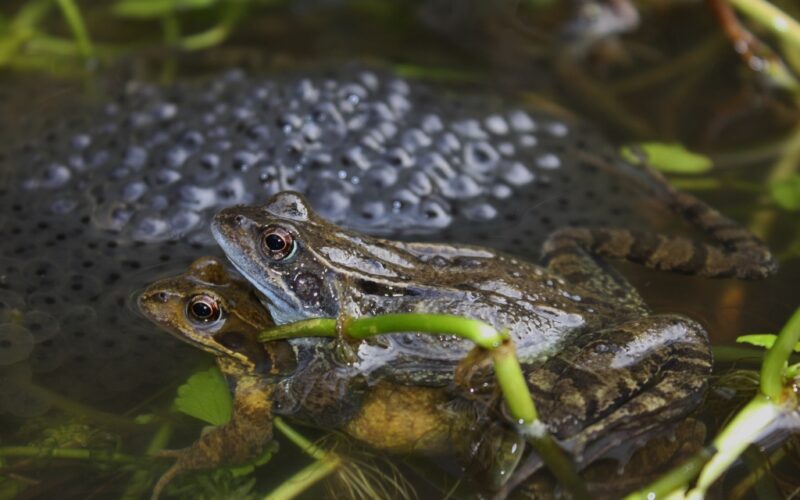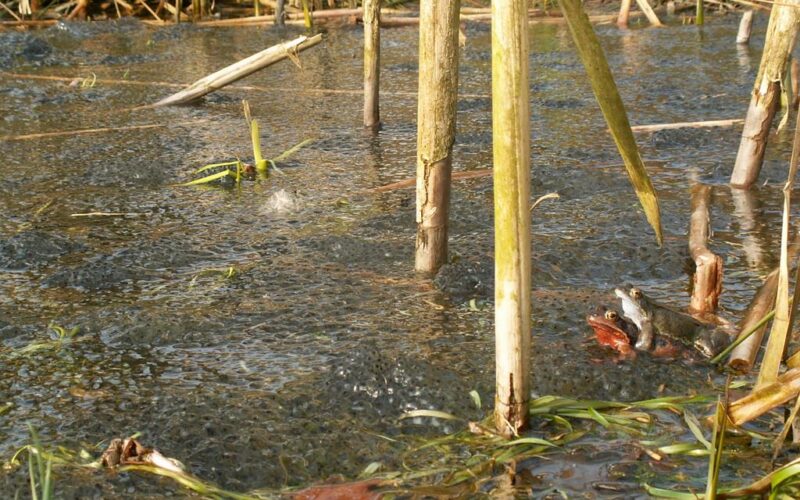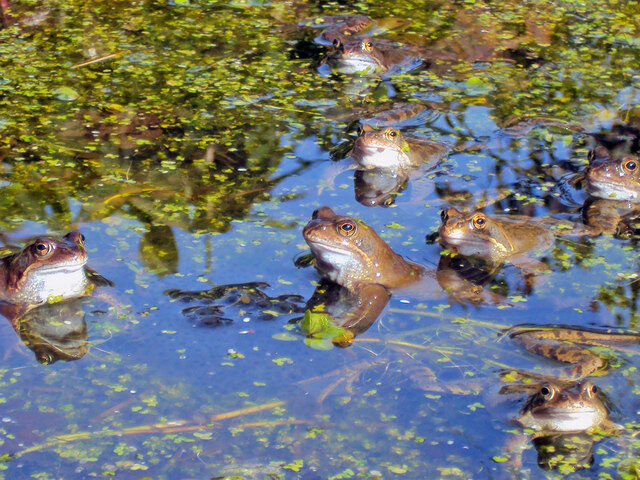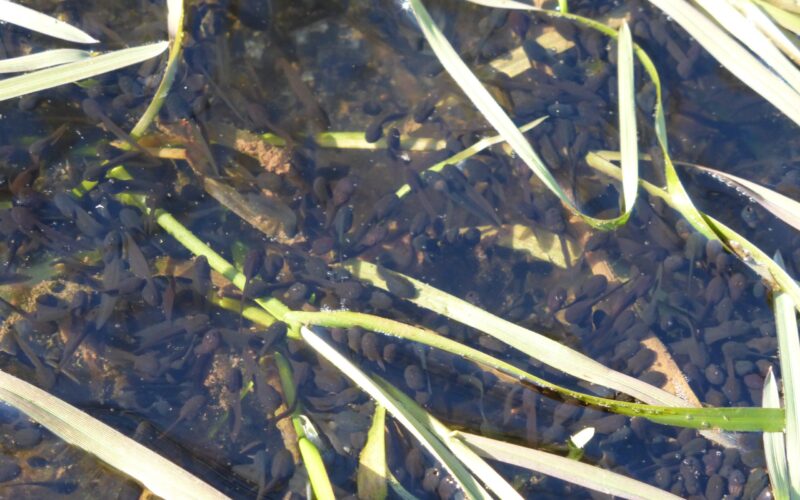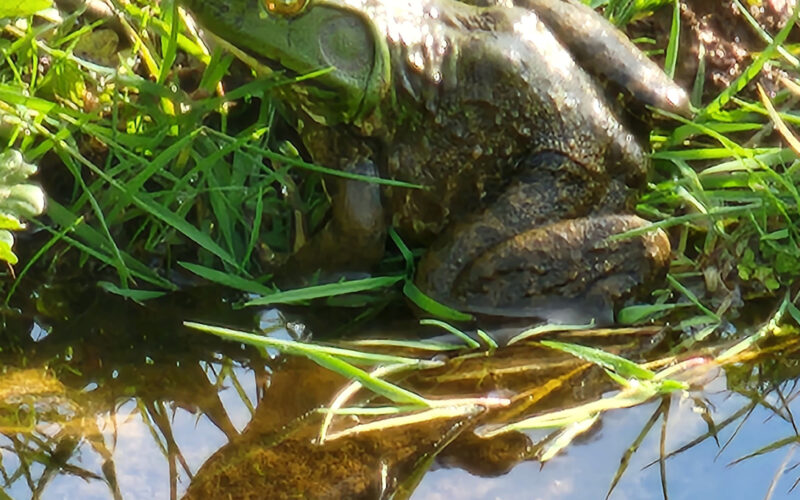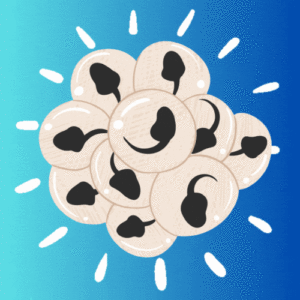
Learn about habitats and why they are so important for animals and plants.
What is a Habitat?
A habitat is a place where an animal or a plant lives. A habitat will have everything that an animal or a plant needs to survive, from non living things like water or the right temperature, to living things like other animals or plants to eat. Because different animals and plants need so many different things, there are many different types of habitats! Click on the images below to learn more about three different types of habitats.



Because there are so many different types of frogs, you can find frogs in lots of different types of habitats. But the frogs that we are interested in are the frogs that come from pond habitats, which can be found all over the UK.
Pond habitats usually contain fresh water and and you can found around two thirds of all freshwater species living in a pond! Look at some of the kinds of frogs you can find in ponds.
Having the Right Habitat
Habitats are very important for animals and plants to live. If an animal or plant is in the wrong habitat, then they find it much harder to survive and get everything they need.
Watch the video below to learn more about why having the right habitat is so important.
To learn more about food chains that are mentioned in the video, you can click here!
Do Humans Influence Habitats?
Yes! Humans, just like other animals, need food, water, shelter and space to live. There are over 8 billion people on Earth and this means we need a lot of resources and space to live. The actions that we take have an influence on other habitats, which can be harmful to other plants and animals. Learn more about some affects we have on habitats by clicking on the images below.



We have to always stay mindful of how our actions affect other animals and plants sharing habitats with us and work to reduce the negative affects we have on living organisms and the environment.

